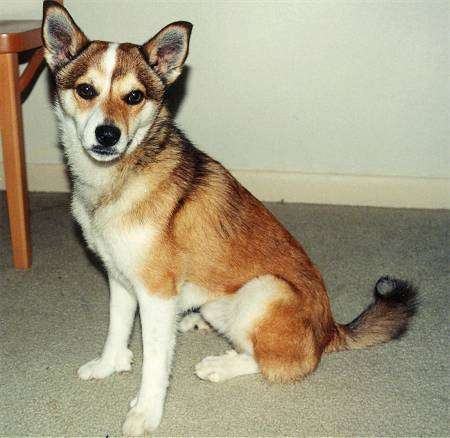
The Breed History
The name Lundehund is a combination of the Norwegian words
"lunde," the Puffin bird, and "hund," meaning dog. Originally, they
were bred to hunt and retrieve the Puffin, a meat and feather
crop for the Norwegian farmer of past centuries living along the
fjords and on the islands off the west coast. Written references
to the breed date back to the fifteenth century. When the Puffin
bird became a protected species in the 1800's, the dogs were no
longer useful to the farmers and breed numbers were allowed to
dwindle. The breed was saved from near extinction after World
War II through the friendship of two concerned Norwegians, but
even today there are a thousand dogs worldwide. AKC recognition
occurred in 2011.
Breeding for Function
Their unique foot structure (at least six toes on each foot and
elongated rear foot pads) and unusual flexibility enabled them to
climb the steep, rocky cliffs and navigate the small burrows and
crevices where Puffins nest. They have an elastic neck that allows
the head to bend backward to touch the spine, letting the dog turn
around in narrow puffin bird caves; and shoulders flexible enough
to allow the front legs to extend flat to the side in order to hug the
cliffs. This shoulder structure produces a peculiar rotary movement.
Finally, the ears close and fold forward or backward to protect from
debris.
Physical Characteristics
Height at withers: Males 13-15 inches (33-38 cm); Females 12-14
inches (30.5-35.5 cm).
Weight: 13-20 pounds (6-9 kg)
Coat: Double coat with a harsh outer coat and a dense, soft
undercoat. The coat is short on the head and front of the legs,
longer and thicker around the neck and back of thighs. It is dense
on the tail with little feathering. Color is fallow to reddish brown
to tan with black hair tips and white markings or white with red or
dark markings. More black hair tips with maturity.
Longevity: Around 12 years.
Points of Conformation: The Lundehund should be athletic and
agile. The head is wedge-shaped, tapering gradually to the end of
the muzzle. Nose and lips are black. Scissors bite is preferred, but
level and reverse scissors bite are permitted. Missing premolars on
both sides of the upper and lower jaws are common and allowed.
Eyes are almond-shaped, light yellow-brown to brown with a
brown ring around the pupil. Eye rims are dark and complete. Ears
are medium-size, triangular, and carried erect. Level back, short loin
and slightly sloping croup. The tail is high-set. When moving, the
tail may be carried trailing or in a graceful arch over the back. When
at rest, the tail hangs with a slight curve. Moderate angulation
with very elastic shoulders so that the front legs can extend out to
the side. The legs are straight with slightly outward-turned feet.
The forefeet are oval with at least six fully developed toes, five
of which should reach the ground. Eight pads on each foot. The
additional toes consist of one three jointed toe, like a thumb, and
one two-jointed toe along with corresponding tendons and muscles
that give the foot a strong appearance. Strong muscular upper and
lower thighs. Hind feet are oval, slightly outward turned with a
minimum of six toes, of which four support the dog's weight. There
are seven pads with the center pad elongated. When viewed from
behind, the rear legs are close but parallel. An elastic gait with a
unique rotary front movement.
Recognized Behavior Issues and Traits
A Lundehund is alert, very energetic, loyal and protective. He can
be wary of strangers but never aggressive toward people. He is
playful, curious, and intelligent. May be difficult to house train. Has
a tendancy to barking. Can be stubborn.
Normal Physiologic Variations
At least six toes on each foot and elongated rear foot pads.
Drug Sensitivities
None reported
Inherited Diseases
Patella Luxation: Polygenically inherited laxity of patellar
ligaments, causing luxation, lameness, and later degenerative joint
disease. Treat surgically if causing clinical signs. Reported 7.7%
affected, however too few Norwegian Lundehunds have been
screened by OFA to determine an accurate frequency.
Hip Dysplasia: Polygenically inherited trait causing degenerative
joint disease and hip arthritis. Too few Norwegian Lundehunds have
been screened by OFA to determine an accurate frequency.
Elbow Dysplasia: Polygenically inherited trait causing elbow
arthritis. Too few Norwegian Lundehunds have been screened by
OFA to determine an accurate frequency.
Disease Predispositions
Gastroenteropathy (Lundehund Syndrome): The collective
term for a group of gastrointestinal disorders that include
chronic atrophic gastritis, intestinal lymphangiectasia, and
lymphoplasmacytic enteritis. Secondary disease includes
bacterial overgrowth in the small intestine, and protein-losing
enteropathy (PLE) which causes abnormal protein loss in the
intestines. Clinical signs are intermittent diarrhea, vomiting,
weight loss, lethargy, ascites, and subcutaneous edema of the
hind legs. Laboratory changes include hypoalbuminemia (with
or without hypoglobulinemia), hypocalcemia, a decrease in the
serum cobalamin concentration, and an increase or decrease in
the serum folate concentration; reflecting microbial synthesis or
malabsorption respectively. Pathology includes chronic atrophic
gastritis, segmental distention of lymphatics, atrophy, fusion and
balloon-like swelling of villi with occasional rupture of lacteals.
Undetermined mode of inheritance. Studies suggest that the
majority of the breed is affected to some extent. Treatment is
symptomatic.
Hypothyroidism: Inherited autoimmune thyroiditis. Not enough
samples have been submitted for thyroid auto-antibodies to
Michigan State University to determine an accurate frequency. (Ave.
for all breeds is 7.5%).
Inherited Ocular Disorders: Too few Norwegian Lundehunds have
been CERF examined by veterinary ophthalmologists to determine
an accurate frequency of inherited ocular disorders.
Gastric Carcinoma: Norwegian Lundehunds with chronic atrophic
gastritis and hypergastrinemia are predisposed to the development
of gastric carcinoma.
Isolated Case Studies
None Reported
Genetic Tests
Tests of Genotype: None
Tests of Phenotype: Tests of Phenotype: CHIC Certification: CERF
eye examination (after 24 months of age), patella evaluation, and
a blood donation to the CHIC DNA repository. (See CHIC website;
www.caninehealthinfo.org).
Recommend hip and elbow radiographs, thyroid profile including
autoantibodies, and cardiac examination.
Miscellaneous
- Breed name synonyms: Lundehund, Norwegian Puffin Dog,
Norsk Lundehund, Lundies
- Registries: AKC, UKC, CKC, FCI, NKC (National Kennel Club)
- AKC rank (none): AKC recognized in January, 2011. Entire stud
book entered.
- Internet resources: Norwegian Lundehund Association of
America: www.nlaainc.com
Norwegian Lundehund Club Of America: www.lundehund.com
American Norwegian Lundehund Club:
www.americannorwegianlundehundclub.com
Photo Gallery of Breed - Norwegian Lundehund - Dog Breed

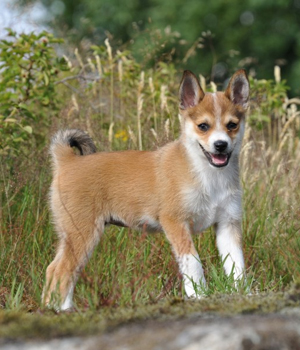
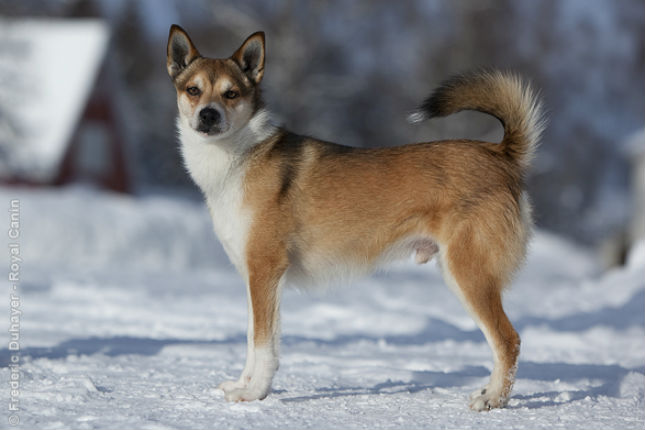
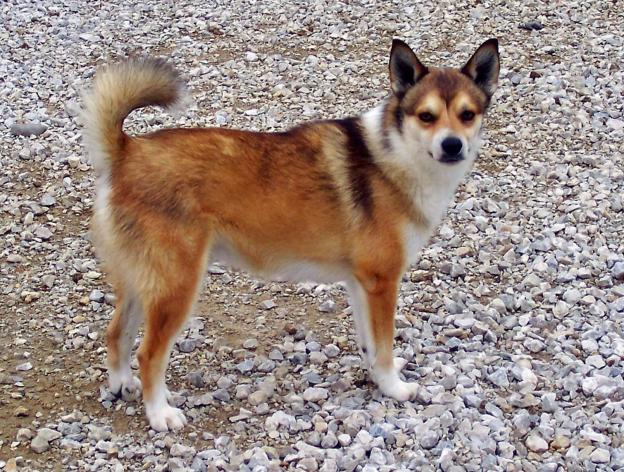
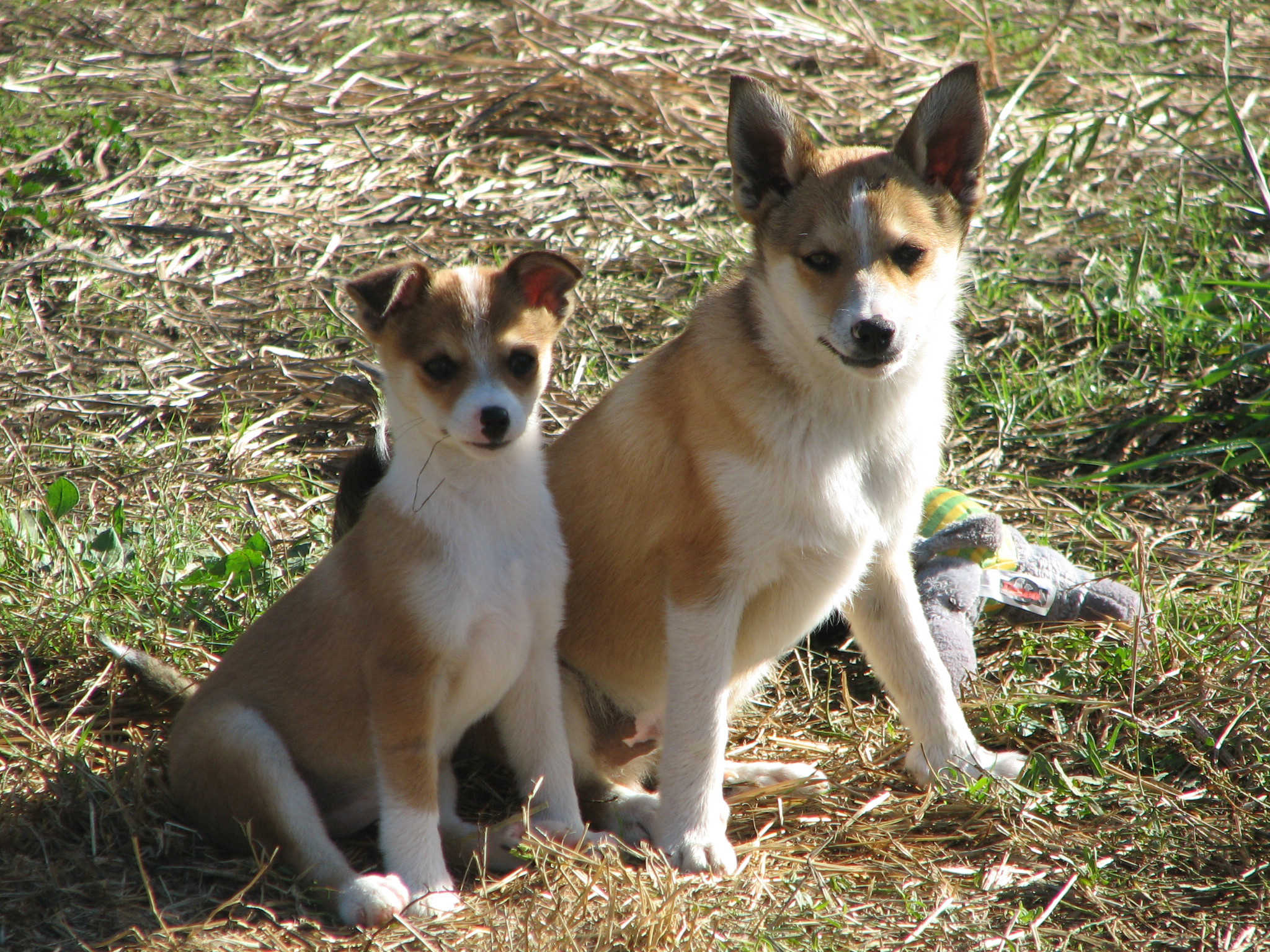
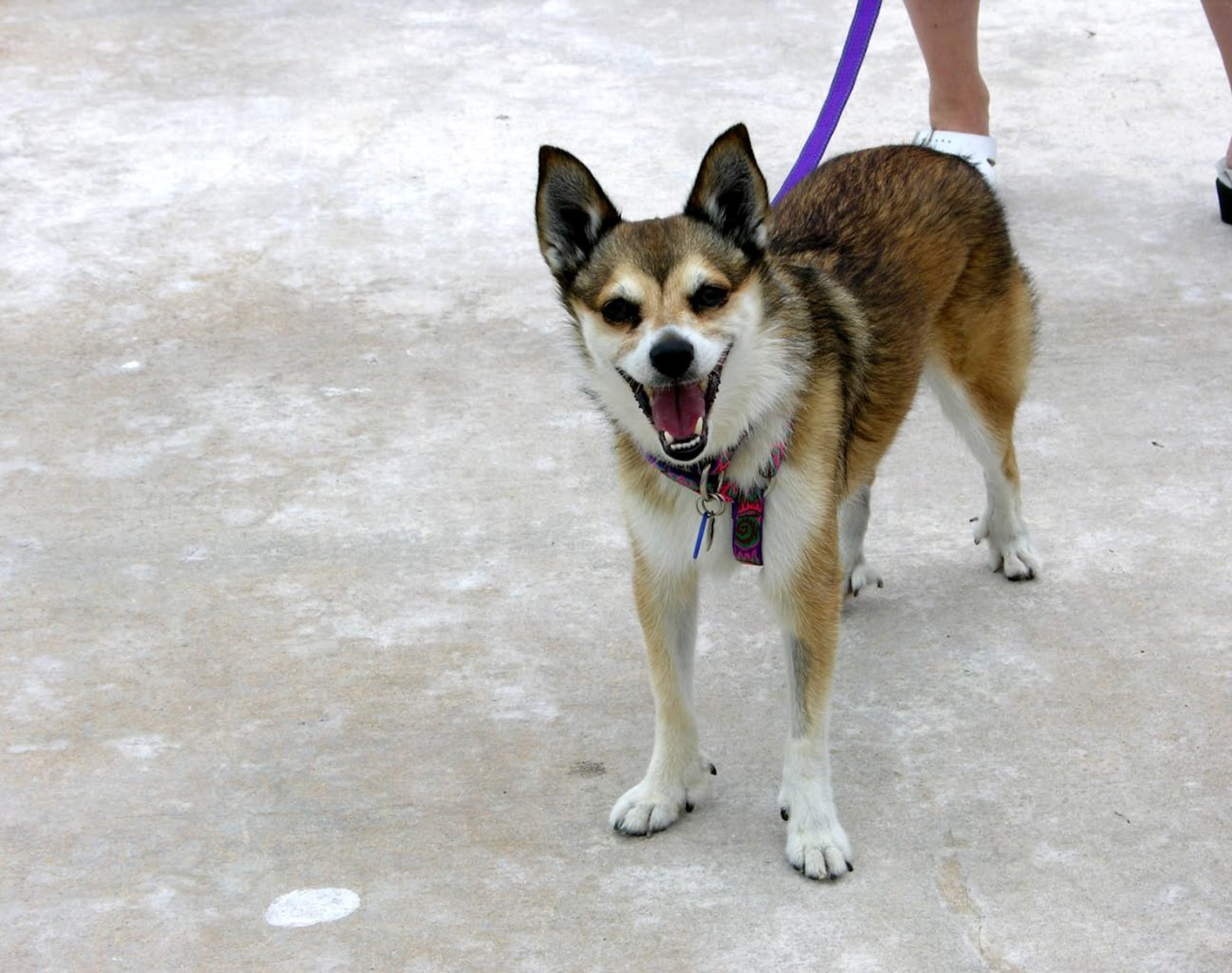
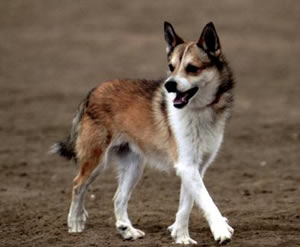
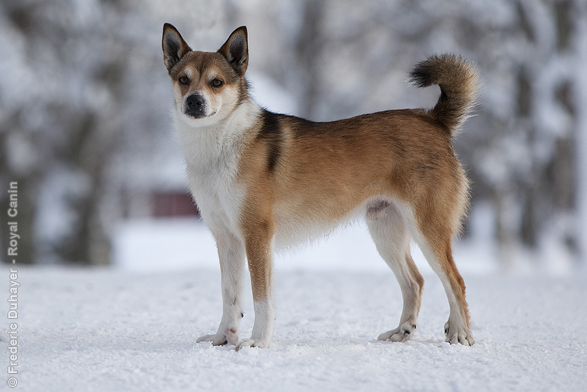
 Animalia Life
Animalia Life